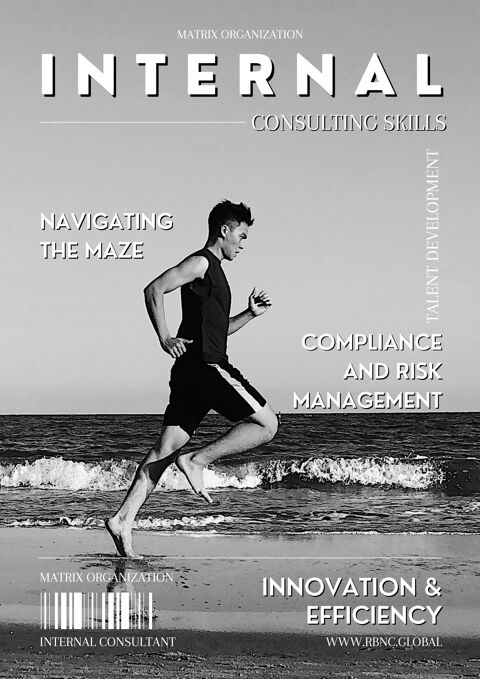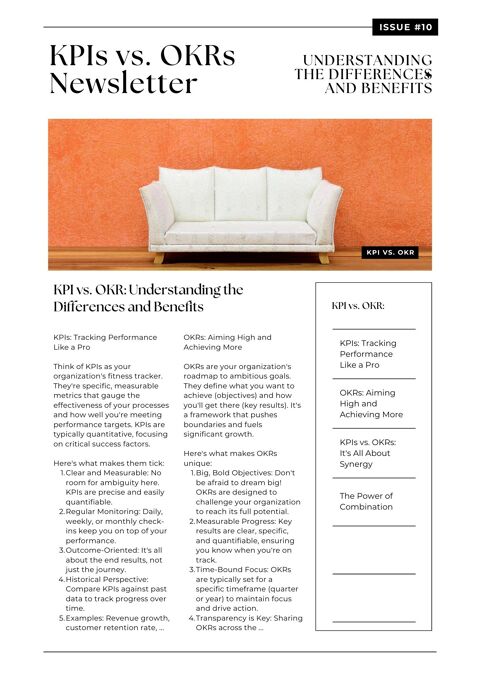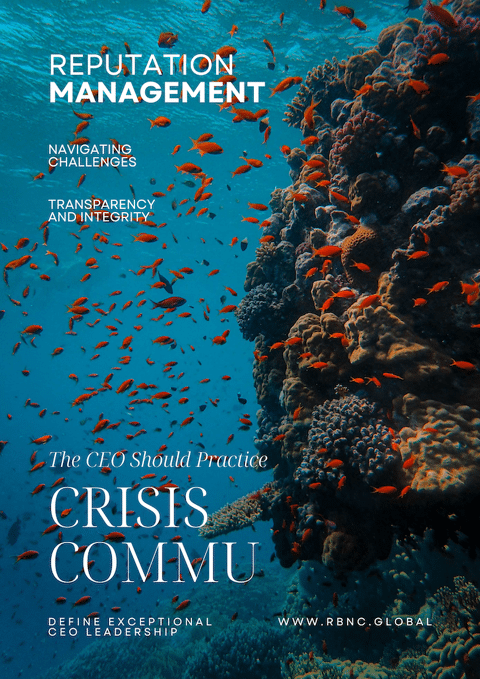Mitigating Risks - The CEO Skills
Risk Management Plans:
Effective CEOs develop comprehensive risk management plans to address identified vulnerabilities.
- Risk Assessment: These CEOs conduct thorough assessments to identify potential risks and prioritize them based on their likelihood and impact.
- Mitigation Strategies: Exceptional CEOs outline specific strategies to mitigate each identified risk, providing a roadmap for risk reduction.
- Responsibility Assignments: CEOs assign responsibilities for risk mitigation to individuals or teams, ensuring accountability for implementation.
Proactive Measures:
CEOs who prioritize risk mitigation take proactive steps to prevent risks from materializing.
- Preventive Policies: These CEOs implement policies and protocols that prevent risky behaviors and situations from occurring within the organization.
- Training and Education: Exceptional CEOs provide training programs to equip employees with the knowledge and skills to prevent risks.
- Continuous Monitoring: CEOs establish mechanisms to monitor potential risks continuously, addressing them before they escalate.
Diversification:
CEOs skilled in mitigating risks diversify their strategies and investments to reduce the impact of potential threats.
- Revenue Streams: These CEOs diversify sources of revenue to prevent heavy reliance on a single product, service, or market.
- Operational Activities: Exceptional CEOs spread operational activities across different regions or markets to minimize the impact of localized risks.
- Supplier Relationships: CEOs establish relationships with multiple suppliers to prevent disruptions due to supplier-related risks.
Scenario Planning:
CEOs who excel in risk mitigation engage in scenario planning to prepare for potential challenges.
- Risk Scenarios: These CEOs create scenarios that simulate how identified risks might unfold, allowing the organization to develop appropriate responses.
- Contingency Plans: Exceptional CEOs develop contingency plans that outline specific actions to be taken if a risk scenario becomes a reality.
- Resource Allocation: CEOs allocate resources, such as budgets and personnel, to execute contingency plans effectively.
Conclusion:
Mitigating risks is a critical aspect of exceptional CEO leadership. CEOs who develop risk management plans, take proactive measures, diversify strategies, and engage in scenario planning safeguard the organization from potential threats and vulnerabilities. By fostering a culture of risk awareness and preparedness, CEOs ensure that their organizations are well-equipped to navigate challenges, adapt to changing circumstances, and maintain stability and growth in a complex business environment.









